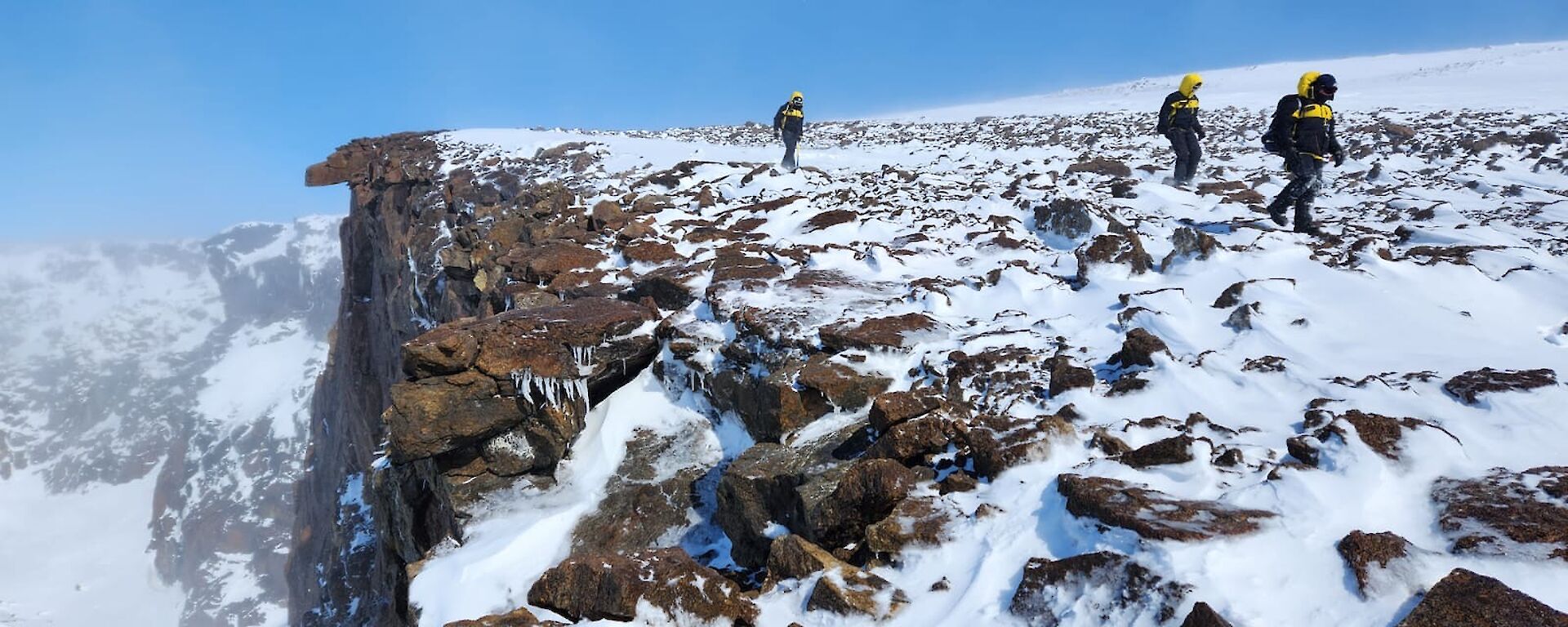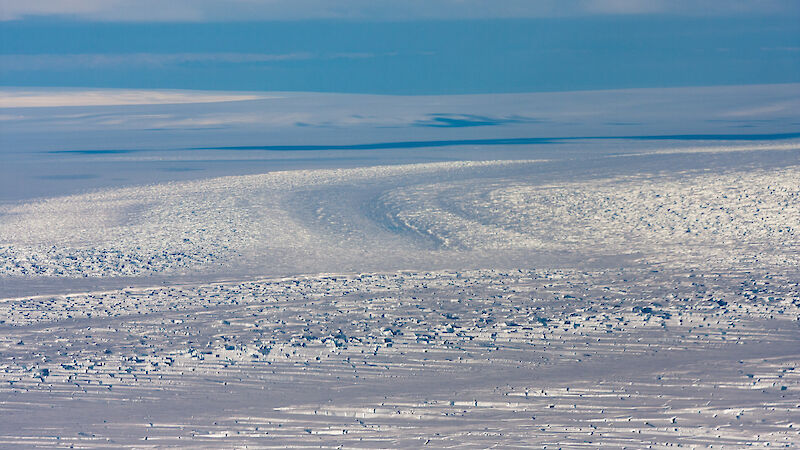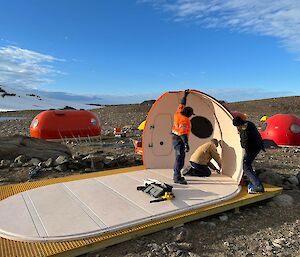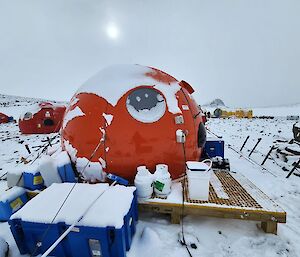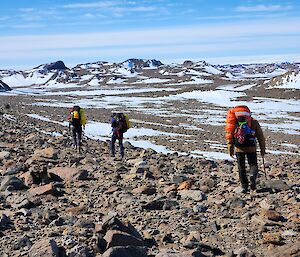The Denman Glacier is one of the largest and fastest-melting glaciers in East Antarctica and alone holds a potential sea level rise of 1.5 metres.
Research suggests the Denman Glacier retreated five kilometres between 1996 and 2017/2018 but compared to the glaciers of West Antarctica, it is little understood.
The Australian Antarctic Program is coordinating an extensive study into the Denman Glacier’s history and stability, drawing together scientists from across universities and disciplines.
The Denman Terrestrial Campaign ran from 2022 to 2025 and examined the glacier and the Shackleton Ice Shelf from the land.
The Denman Marine Voyage was staged from RSV Nuyina between early March and early May 2025 and allowed scientists to study the system from the sea.
The Denman campaigns will inform national and global decision-making about climate change responses and deliver on priorities in the Australian Antarctic Science Strategic Plan.

